Last Updated on October 25, 2025
Key takeaways
Outpatient drug rehab in Austin lets you live at home and keep work or school while treating substance abuse.
The two common levels are PHP (about six hours a day, five days a week) and IOP (about three hours a day, three to five days a week).
Outpatient care fits people with a stable home who do not need detox or 24‑hour monitoring.
Typical timelines are 6–8 weeks for IOP and 1–3 months for other outpatient tracks, adjusted to clinical need.
Core services include group therapy, individual counseling, CBT/skills training, family sessions, and when appropriate, medication support.
Many Austin programs offer day or evening schedules and tele‑IOP to improve access.
Outpatient rehab is generally less expensive than residential care; most clinics verify insurance benefits and can provide estimates.
When choosing a program, look for licensed clinicians, evidence‑based care, dual‑diagnosis support, a convenient location/schedule, and a clear aftercare plan.
Intake usually includes an assessment, safety check, goal setting, and a review of policies; you may start groups the same day or next.
Aftercare often includes alumni meetings and referrals to AA/NA or SMART Recovery for ongoing support.
City directories list many Austin options, which you can filter by level of care, insurance, and price.
Consistent attendance, a supportive home, and planned follow‑up are key to making outpatient rehab effective.
Table of Contents
What “outpatient drug rehab” means
Outpatient drug rehab is addiction treatment you attend on a set schedule while living at home. Austin programs most often use two levels of care:
PHP vs. IOP at a glance
Partial Hospitalization Program (PHP): Often a step‑down from inpatient care or an alternative when 24/7 supervision is not required. PHP commonly runs up to six hours a day, five days a week. You return home at night.
Intensive Outpatient Program (IOP): For people who need more structure than weekly counseling but not hospital‑level support. IOP typically meets three to five days per week for about three hours per day, with day or evening options.
Learn more about our Intensive Outpatient Program (IOP) in Austin for schedules, what to expect, and admission details.

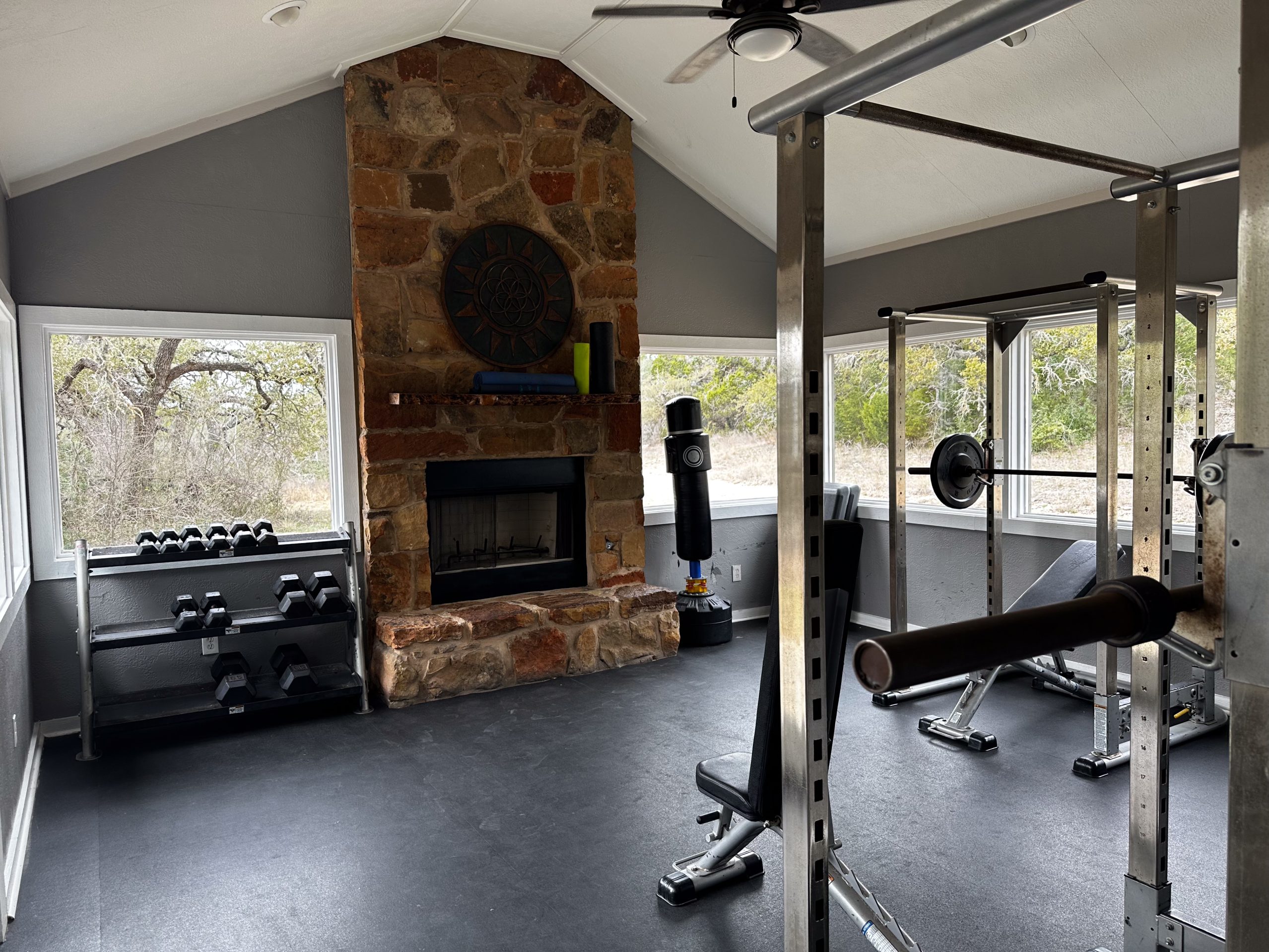
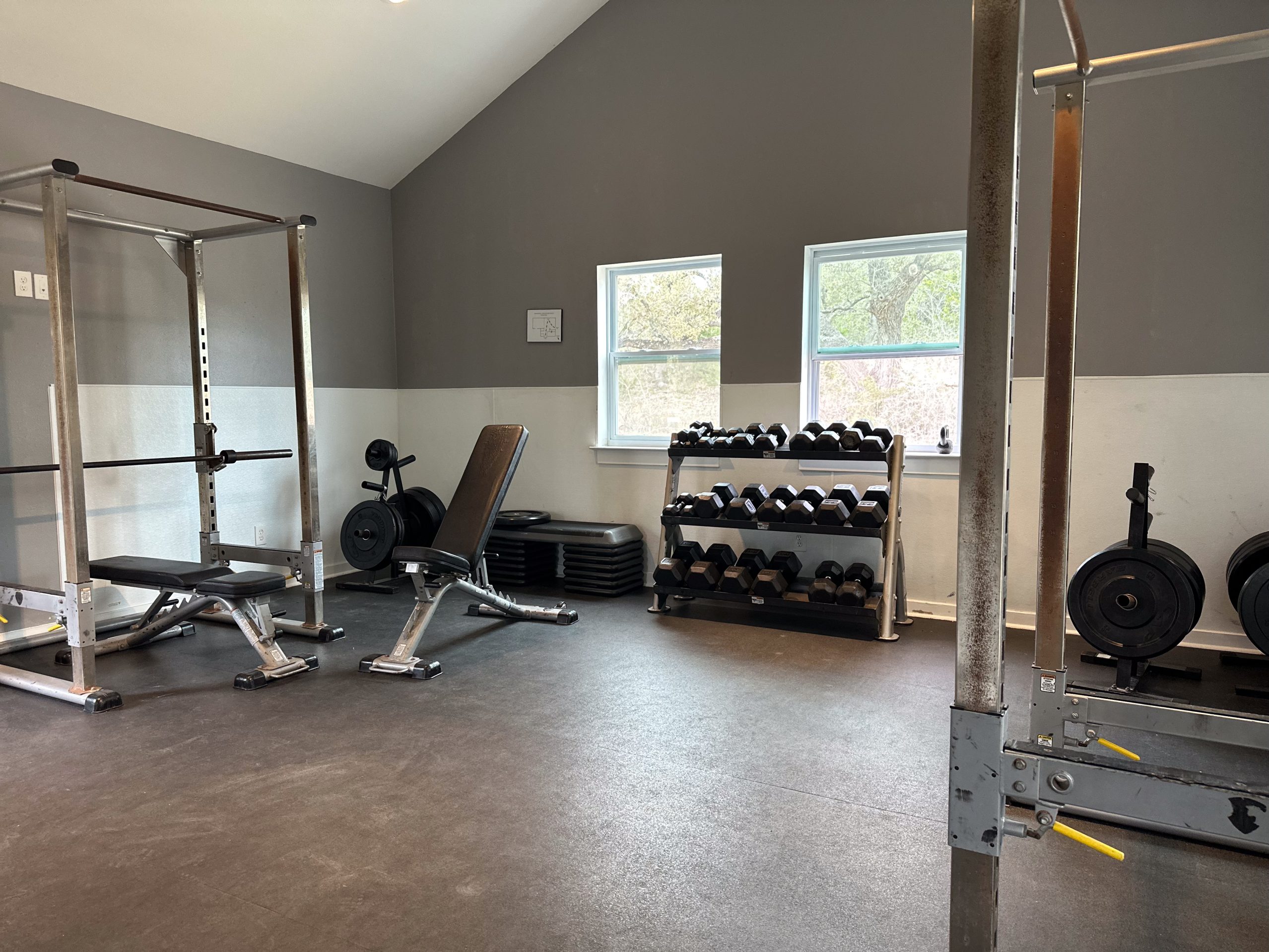
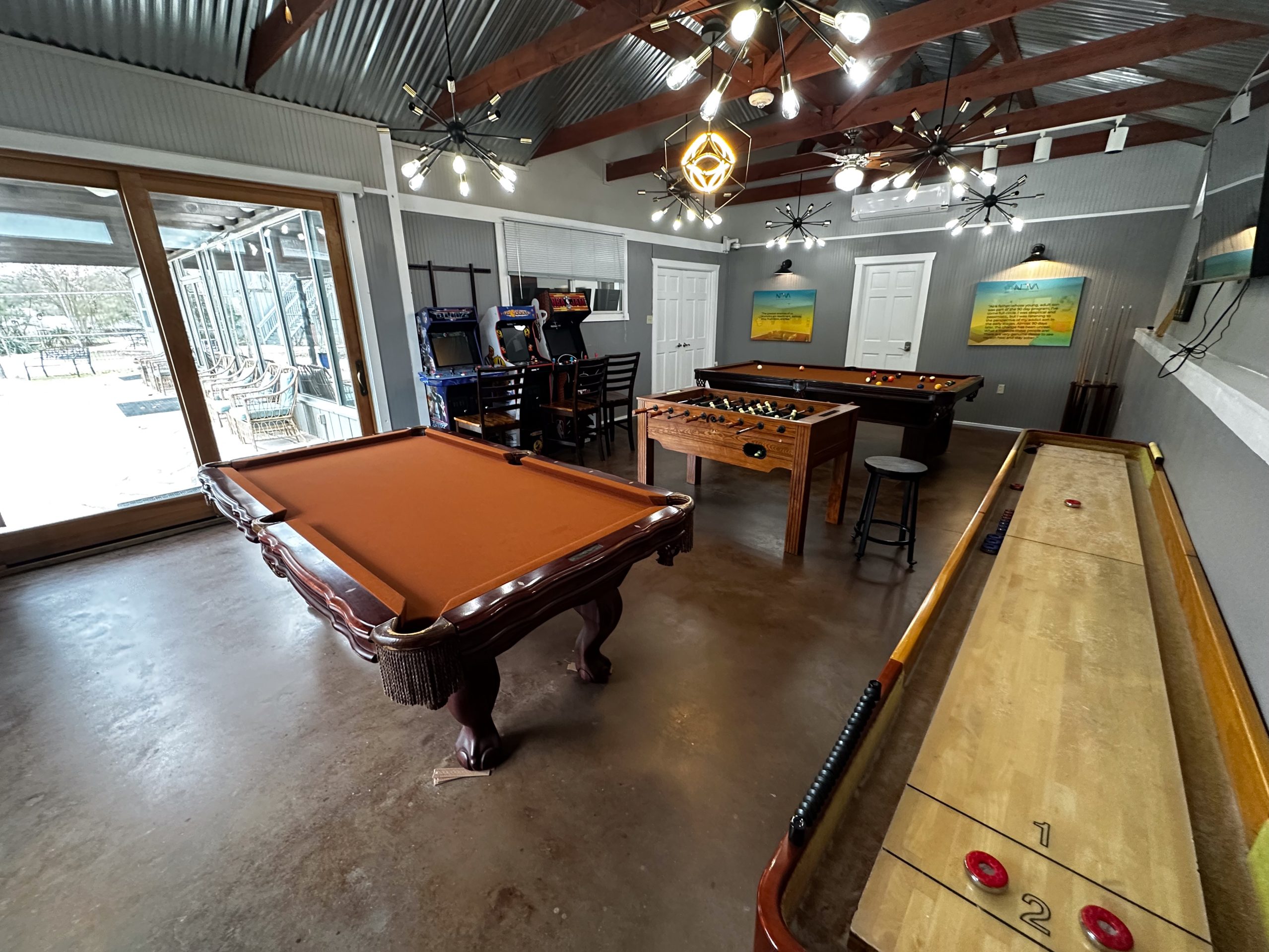
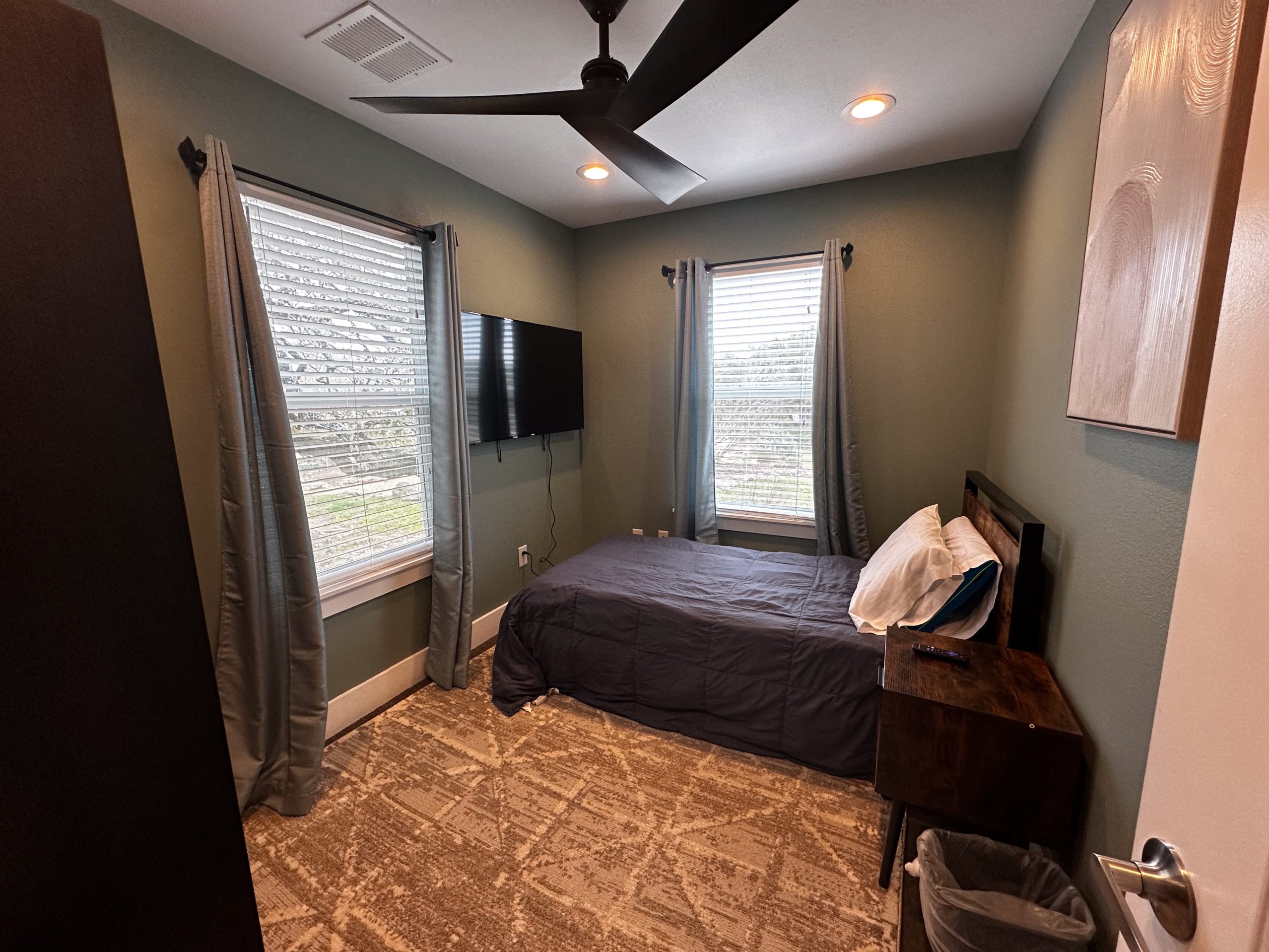




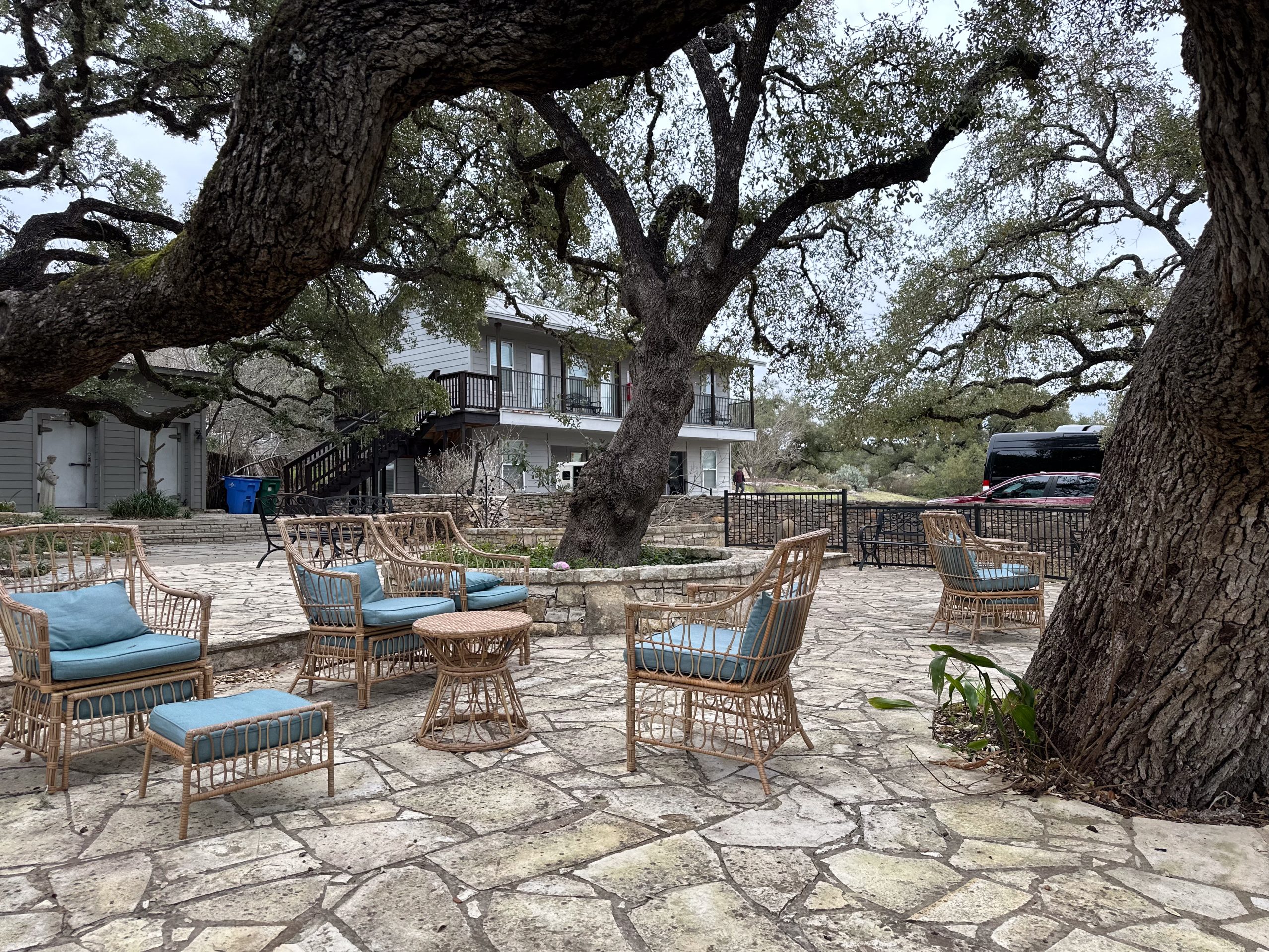
Who outpatient rehab is for
Outpatient care works best when you have a stable home environment, are medically safe, and do not need detox or 24‑hour monitoring. Many programs assess your home life, health history, and relapse risk before enrollment. If you need more support than outpatient care, explore our residential inpatient rehab in Austin.
Typical schedule and length in Austin
Expect a clear weekly schedule. Many local IOPs last 6–8 weeks, while other outpatient plans run 1–3 months depending on need. Programs may meet during the day or in the evening to fit work and family schedules.
Some providers also offer telehealth IOP or mixed day/evening times, which can add flexibility if you commute or provide care at home.
What treatment includes
Outpatient drug rehab is structured. While each clinic varies, services in Austin often include:
Group therapy forms the core, supported by individual counseling. Many programs use Cognitive Behavioral Therapy (CBT), DBT‑informed skills, psychoeducation, and complementary options such as neurofeedback or trauma‑sensitive approaches, depending on the provider.
If appropriate, clinicians may provide medication management or medication‑assisted treatment as part of outpatient care. Your plan is tailored to your history, substances used, and goals.
Family sessions, education, and discharge planning are common. Many Austin programs also run alumni or aftercare groups and link you to AA, NA, or other community meetings for ongoing support.
Freedom Starts Here. Take Back Your Life Today.
Same-Day Admissions in Austin Available.
Costs, insurance, and access
Outpatient rehab is generally less expensive than residential treatment, and many Austin providers work with commercial insurance. It’s common to verify benefits before you enroll, and several programs list major carriers they accept.
If you prefer to compare many options at once, directories list dozens of local treatment centers you can filter by insurance, level of care, and price. One Austin listing shows 49 treatment centers with an Intensive Outpatient filter. You can verify your insurance for outpatient drug rehab to see estimated costs before you enroll.
How to choose an outpatient rehab in Austin
Use these neutral criteria to compare programs:
Match level of care (PHP vs. IOP) to your needs, support system, and work/school schedule.
Look for licensed clinicians and therapies with evidence behind them (e.g., CBT, skills‑based groups).
If you have co‑occurring mental health needs, confirm the program can address both.
Commute time matters. Austin traffic is real, and consistent attendance is key—choose a location and schedule you can keep. Local guides recommend picking a program close to work or home.
Verify insurance, ask about self‑pay rates, and request a written estimate for your specific plan. Many providers assist with benefit checks.
Ask about alumni groups and planned hand‑offs to community meetings (AA/NA/SMART Recovery) once outpatient rehab ends.
What day one looks like
Most Austin clinics start with an intake assessment to confirm safety, level of care, and goals. You’ll review house rules, attendance expectations, and consent forms; then you may join a group the same day or start the next session block. If medication is part of your plan, a provider reviews it with you. Expect to set short‑term goals and receive a weekly schedule.
Life during outpatient rehab
Balancing treatment with daily life
Outpatient rehab is built to coexist with your responsibilities. You attend groups, therapy, and skills training, then practice those tools at home, at work, or in school. Evening IOPs and tele‑IOP options can reduce conflict with daytime obligations.
Support between sessions
You’ll get coping tools for cravings, stress, sleep, and communication. Many programs include family education and relapse‑prevention plans. Community meetings and alumni networks extend support beyond clinic hours.
After outpatient: next steps
Finishing IOP or PHP is not the end of recovery. Most people step into aftercare groups, continue individual therapy, or use peer‑support meetings. Providers often guide you to AA, NA, or other options and may host alumni groups you can attend long‑term.
Austin snapshot: programs and options
Austin has a wide mix of outpatient rehab choices—hospital‑affiliated programs, standalone outpatient centers, and specialized clinics. Citywide roundups and local resource pages describe IOPs across neighborhoods, often listing schedules, specialties, and whether insurance is accepted. These make it easier to compare locations and find an outpatient rehab near your home or campus.
How Nova Recovery Center Helps with Alcohol Addiction and Abuse
Nova Recovery Center can help people address alcohol addiction and abuse with a clear, step‑by‑step plan. Care begins with a thorough assessment that matches you to the right level of support and screens for co‑occurring conditions. The team builds a personalized plan that may include residential treatment, intensive outpatient (IOP), or standard outpatient services. Therapy often blends cognitive behavioral therapy, motivational interviewing, relapse‑prevention training, and peer support through 12‑step work. When needed, staff can coordinate with medical providers for safe withdrawal management and medication support. Family education helps improve communication and sets healthy boundaries at home. The program also emphasizes life skills, goal setting, and routines that fit work or school. After you complete a primary phase, alumni groups and aftercare check‑ins help maintain progress and reduce relapse risk. Admissions specialists can verify insurance benefits and explain costs so you can make an informed choice.
Frequently Asked Questions: Outpatient Drug Rehab in Austin
What is outpatient drug rehab, and how does it work?
Outpatient drug rehab is structured addiction care you attend on scheduled days and times while living at home. Programs usually combine group and individual therapy, education, and support services; many offer evening or weekend sessions to fit work or school.
How is outpatient rehab different from inpatient rehab?
Inpatient rehab provides 24/7 care while you live at the facility; outpatient rehab lets you reside at home and attend scheduled sessions, with less medical monitoring. Both use evidence‑based therapies, but the intensity and where you live differ.
Is outpatient rehab effective for alcohol addiction and substance abuse?
Yes—substance use disorders are treatable, and research‑based therapies and (when appropriate) medications help many people achieve recovery. The right level of care depends on clinical need, safety, and support at home.
How long does outpatient rehab last?
Duration varies by need. Intensive outpatient care (IOP) is often designed for at least a month; multi‑contact outpatient care commonly runs three to nine months, and continuing care can last longer.
How many hours a week are IOP and PHP?
Typical ranges: PHP delivers 20+ hours per week of structured services; IOP usually provides 9–20 hours per week. Programs scale time and services to clinical needs.
Is outpatient drug rehab right for me?
It can fit if you are medically stable, have a safe, supportive home, and can attend reliably; clinicians often use the ASAM Criteria to match you to the right level of care.
Can I keep working or going to school while in outpatient rehab in Austin?
Often, yes. Many outpatient programs run day and evening sessions (and some offer telehealth), which helps you keep your routine while getting treatment.
Does outpatient rehab include detox?
Outpatient programs may coordinate or offer outpatient detox when withdrawal is mild to moderate, but detox is not always included in standard outpatient care. Ask the provider how they handle withdrawal management.
How much does outpatient rehab cost, and will insurance cover it?
Costs vary by location, level of care, and length. As a general reference, private‑pay estimates published by one national provider list IOP roughly $250–$350/day and PHP $350–$450/day; many plans cover substance use treatment, so verify benefits with the provider and your insurer.
Where can I find outpatient drug rehab near me in Austin?
Use SAMHSA’s FindTreatment.gov to search by ZIP code, insurance, and level of care; it lists verified programs nationwide, including Austin. For crisis support, call or text 988 (U.S.).
What happens after outpatient rehab?
You and your care team create an aftercare plan that can include ongoing therapy, peer‑support meetings, medication management when indicated, and alumni or continuing‑care groups to maintain progress.
Other Drug and Alcohol Rehab Locations
Medical Disclaimer
The information provided on this page is for educational and informational purposes only and is not a substitute for professional medical advice, diagnosis, or treatment. Substance use and addiction require individualized care from qualified healthcare professionals. Do not attempt to begin, modify, or discontinue any treatment program or medication without consulting a licensed medical provider. If you are experiencing a medical emergency, severe withdrawal symptoms, or thoughts of self-harm, call 911 immediately in the United States. For free and confidential mental health or crisis support, you can contact the Suicide & Crisis Lifeline by dialing 988, available 24 hours a day, seven days a week.
Nova Recovery Center Editorial Guidelines
By instituting a policy, we create a standardized approach to how we create, verify, and distribute all content and resources we produce. An editorial policy helps us ensure that any material our writing and clinical team create, both online and in print, meets or exceeds our standards of integrity and accuracy. Our goal is to demonstrate our commitment to education and patient support by creating valuable resources within our realm of expertise, verifying them for accuracy, and providing relevant, respectful, and insightful data to our clients and families.


